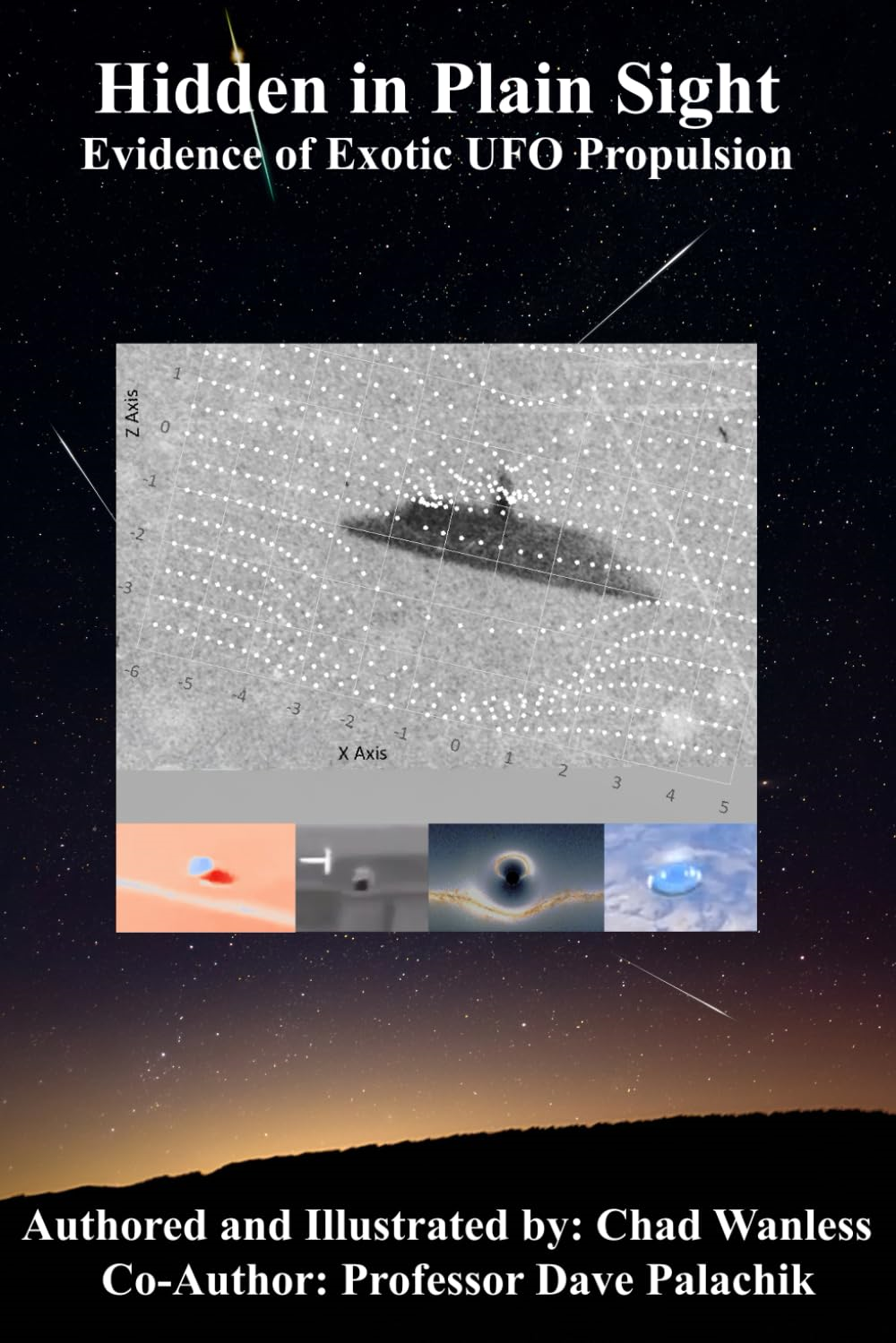‘Generator’ Turns Plastic Trash Into Edible Protein0
- From Around the Web, Science & Technology
- July 26, 2021
Two U.S. scientists have won a 1 million euro ($1.18 million) prize for creating a food generator concept that turns plastics into protein.
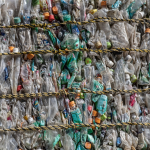
Two U.S. scientists have won a 1 million euro ($1.18 million) prize for creating a food generator concept that turns plastics into protein.
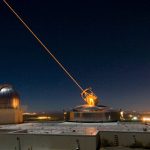
The Air Force Research Laboratory argues that we’ve hit a tipping point with directed energy technologies, bringing many science fiction concepts closer to reality.

The brain rarely fires on all cylinders even at the best of times – what more during a pandemic?

Artificial intelligence (AI) is proving very adept at certain tasks – like inventing human faces that don’t actually exist, or winning games of poker – but these networks still struggle when it comes to something humans do naturally: imagine.
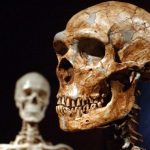
What makes humans unique? Scientists have taken another step toward solving an enduring mystery with a new tool that may allow for more precise comparisons between the DNA of modern humans and that of our extinct ancestors.

Many governments are increasingly approaching artificial intelligence with an almost religious zeal. By 2018 at least 22 countries around the world, and also the EU, had launched grand national strategies for making AI part of their business development, while many more had announced ethical frameworks for how it should be allowed to develop. The EU documents more than 290 AI policy initiatives in individual EU member states between 2016 and 2020.

The result underscores how big of a hand interbreeding among ancient hominids had in shaping us

A ball of 4,000-year-old hair frozen in time tangled around a whalebone comb led to the first ever reconstruction of an ancient human genome just over a decade ago.

A new study led by a Duke University researcher supports the idea that domestication enhanced the cooperative-communicative abilities of dogs as selection for attraction to humans altered social maturation.
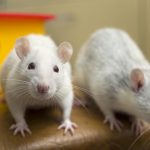
A decade after scientists discovered that lab rats will rescue a fellow rat in distress, but not a rat they consider an outsider, new research from the University of California, Berkeley, pinpoints the brain regions that drive rats to prioritize their nearest and dearest in times of crisis. It also suggests humans may share the same neural bias.

